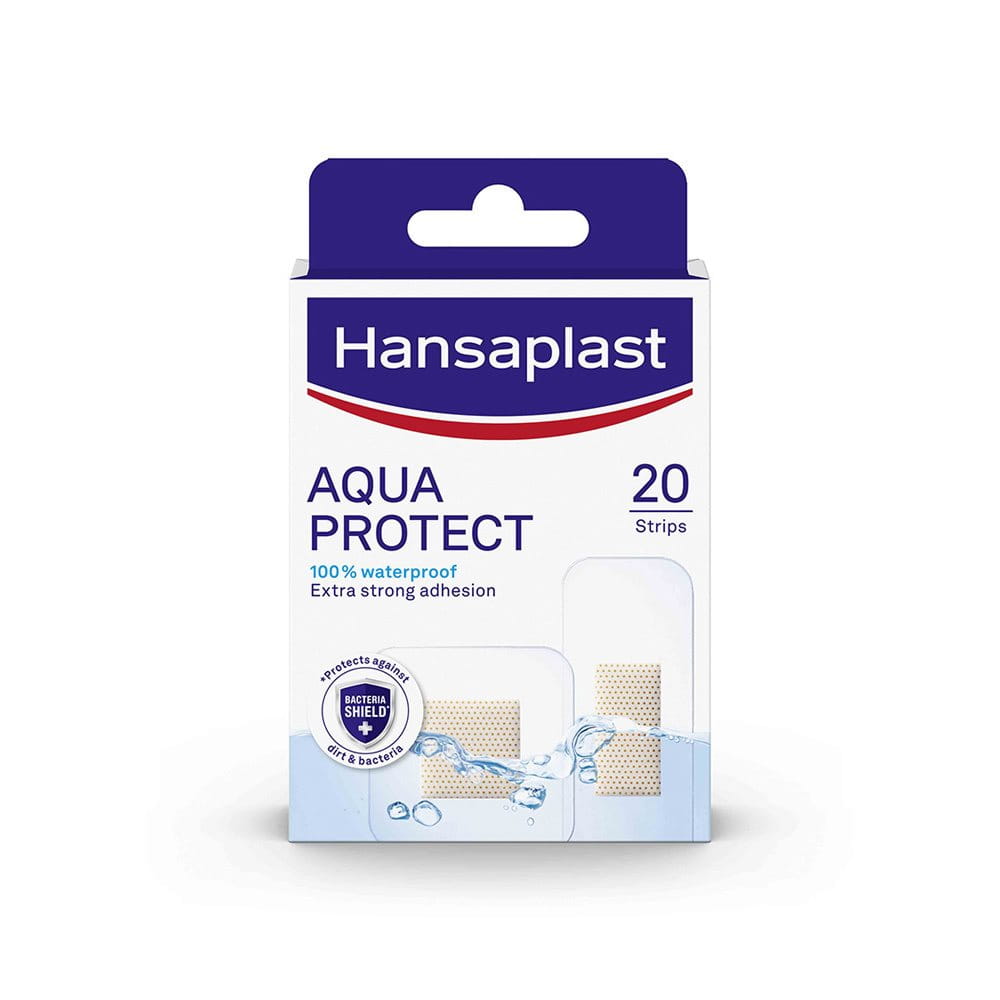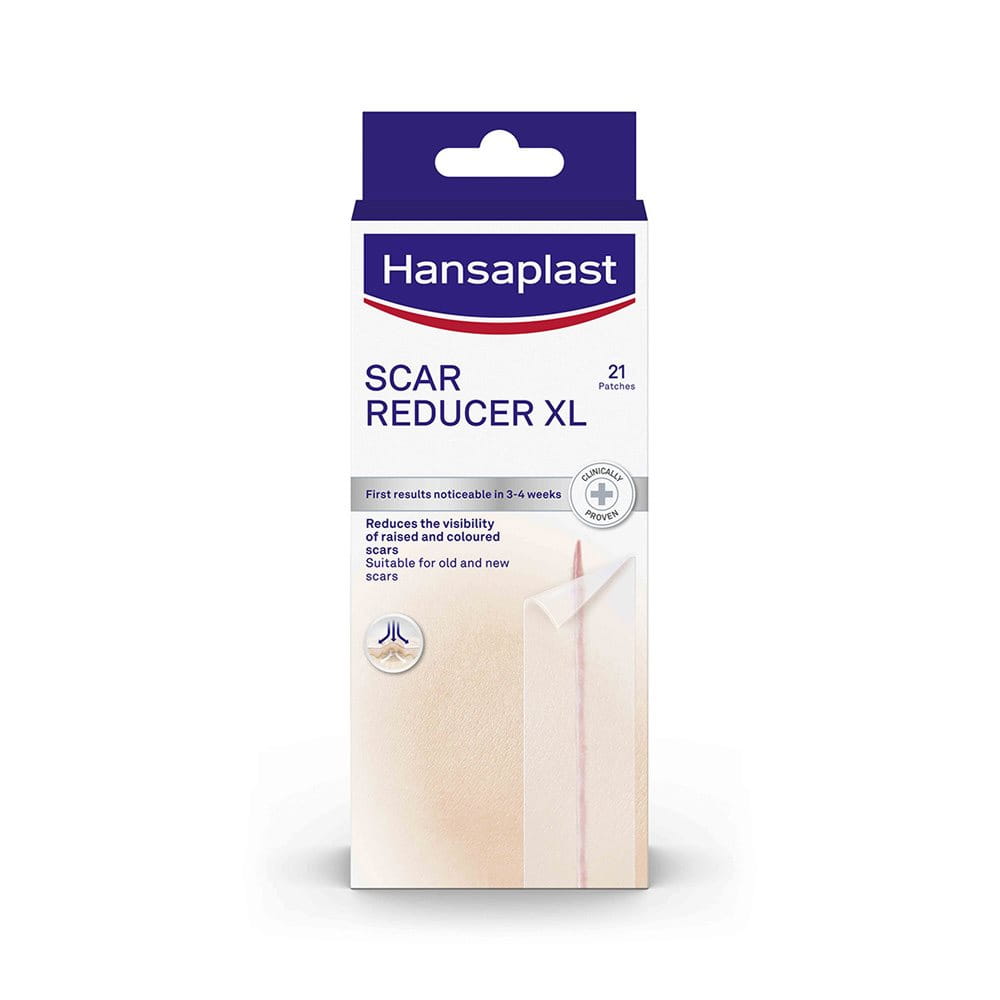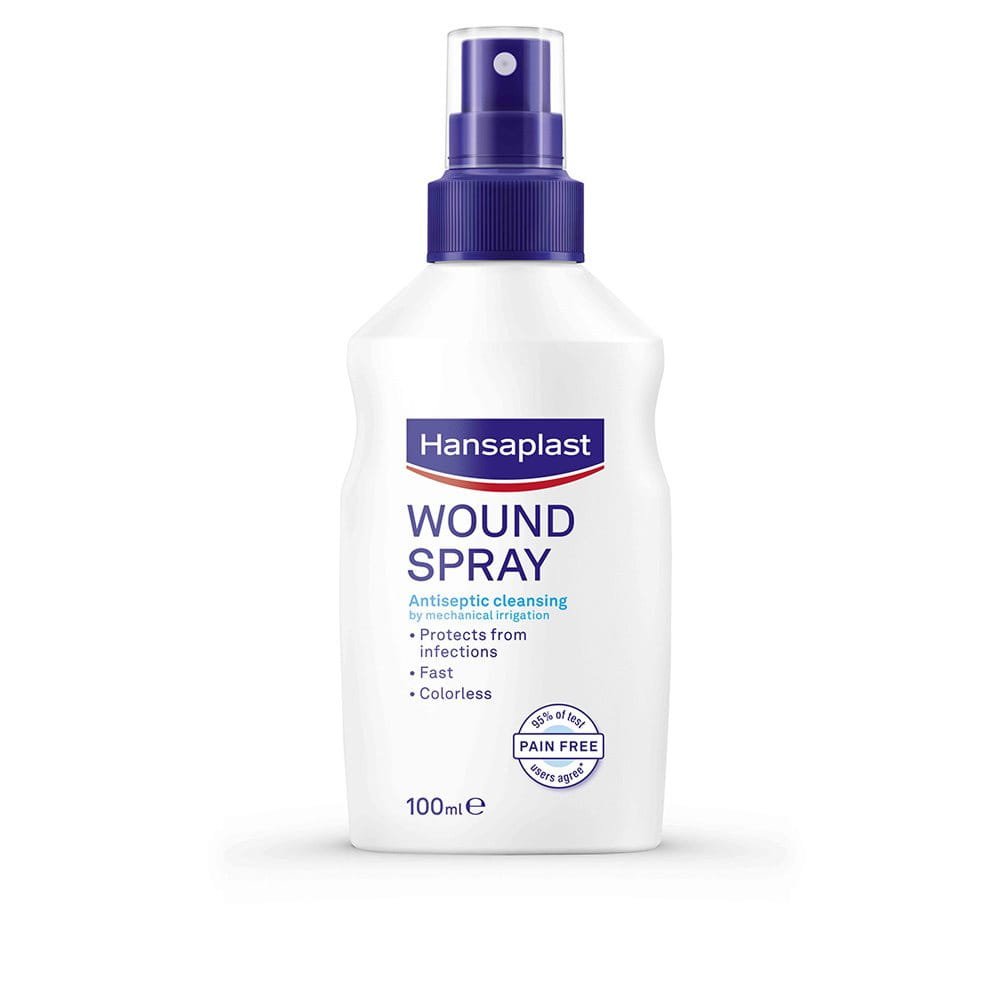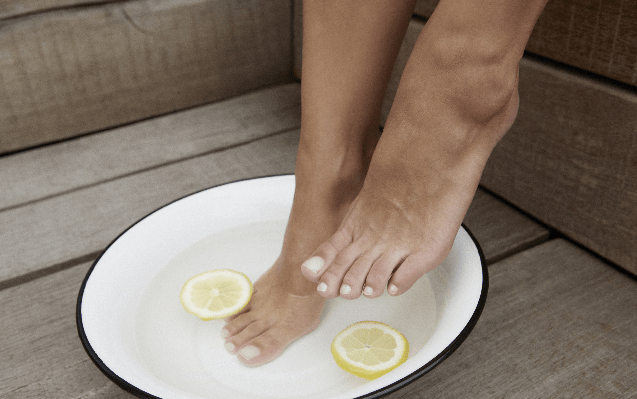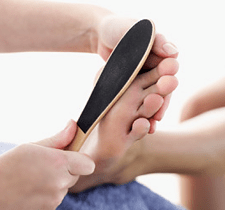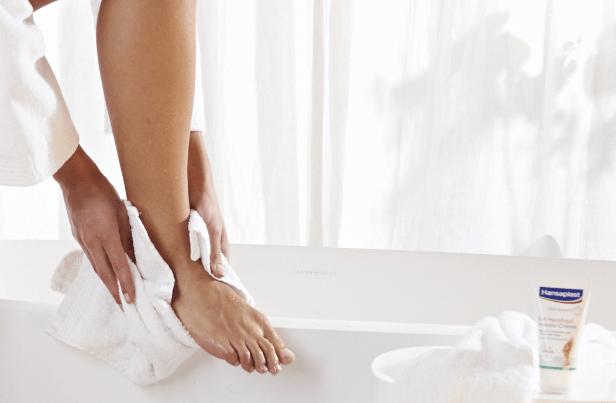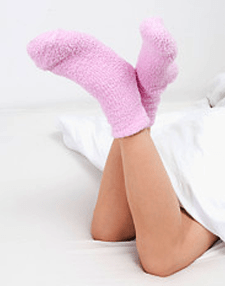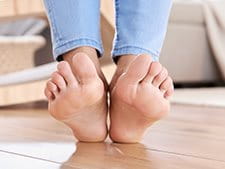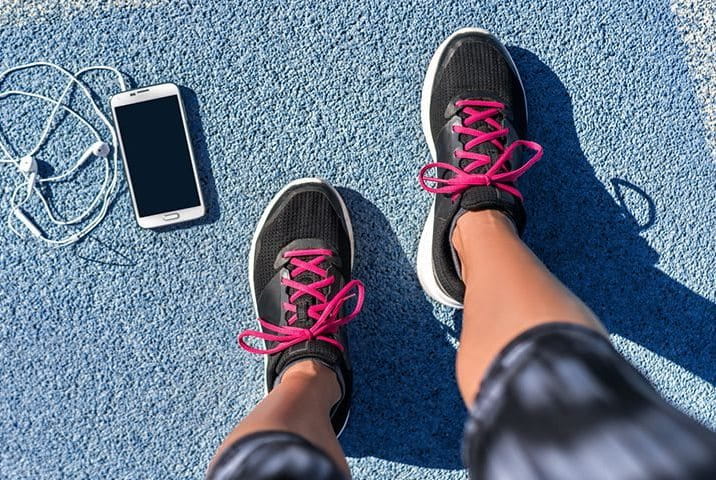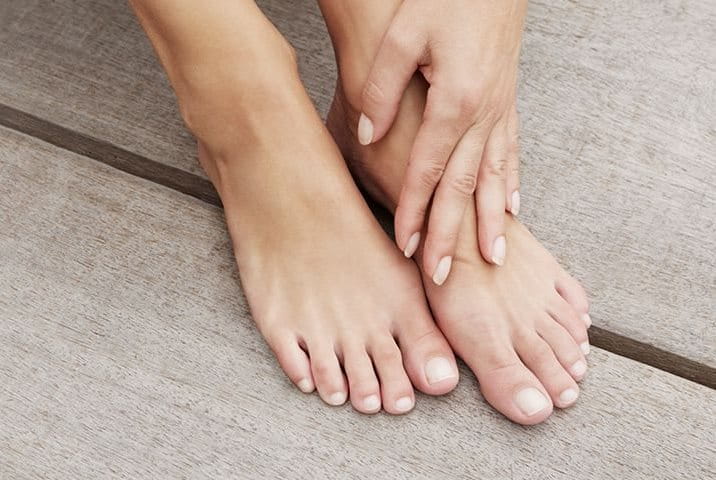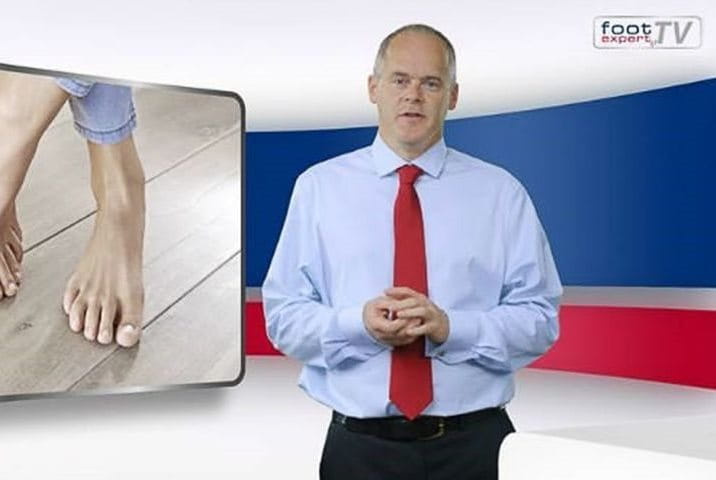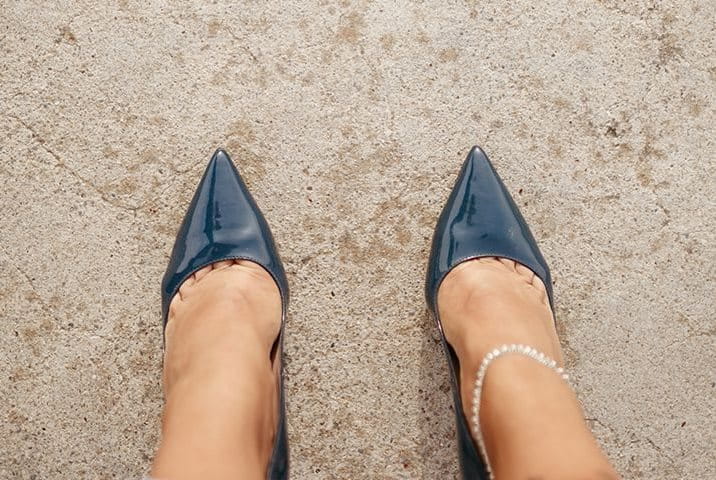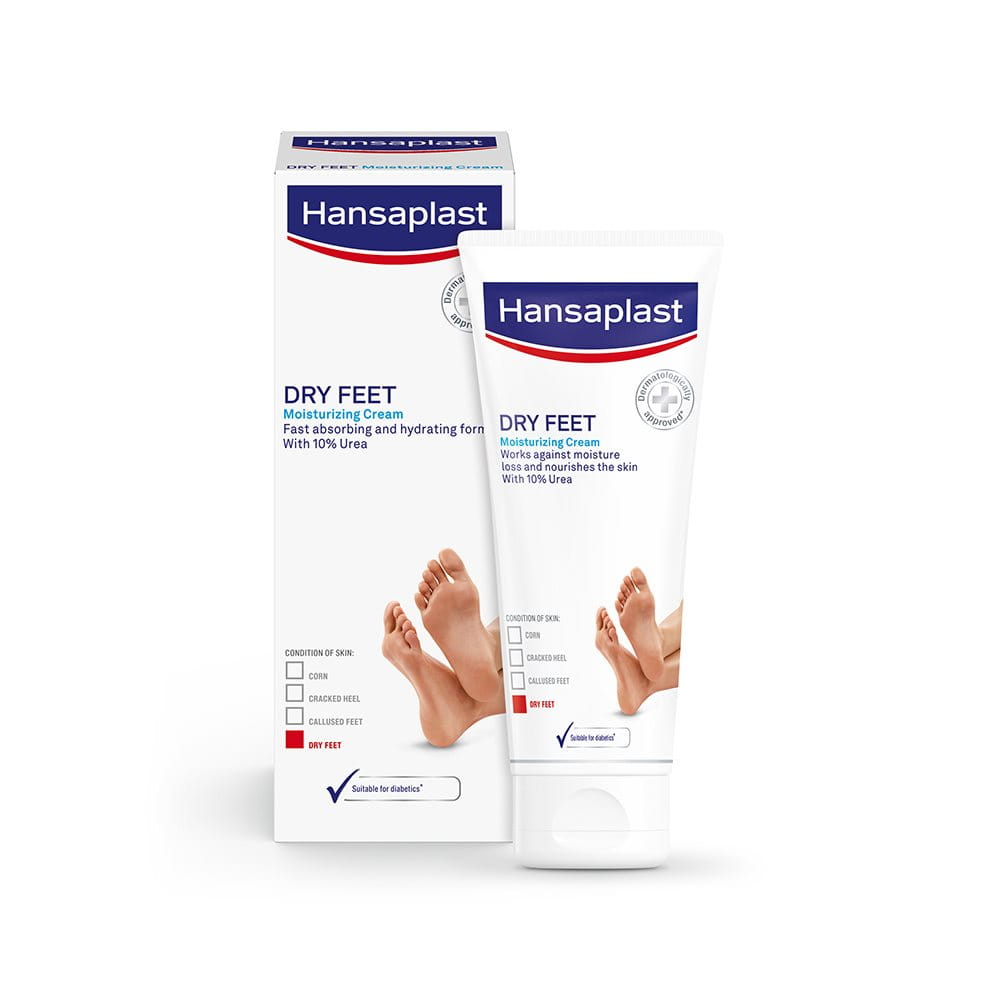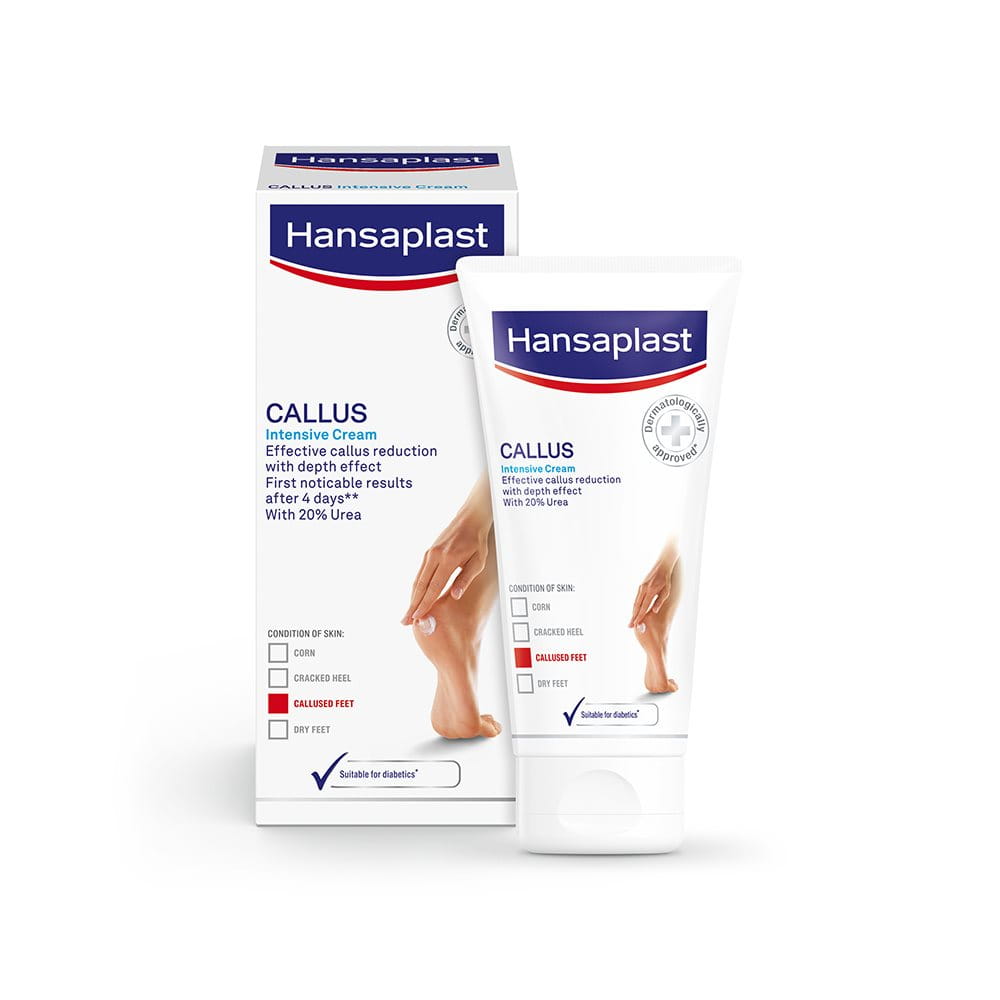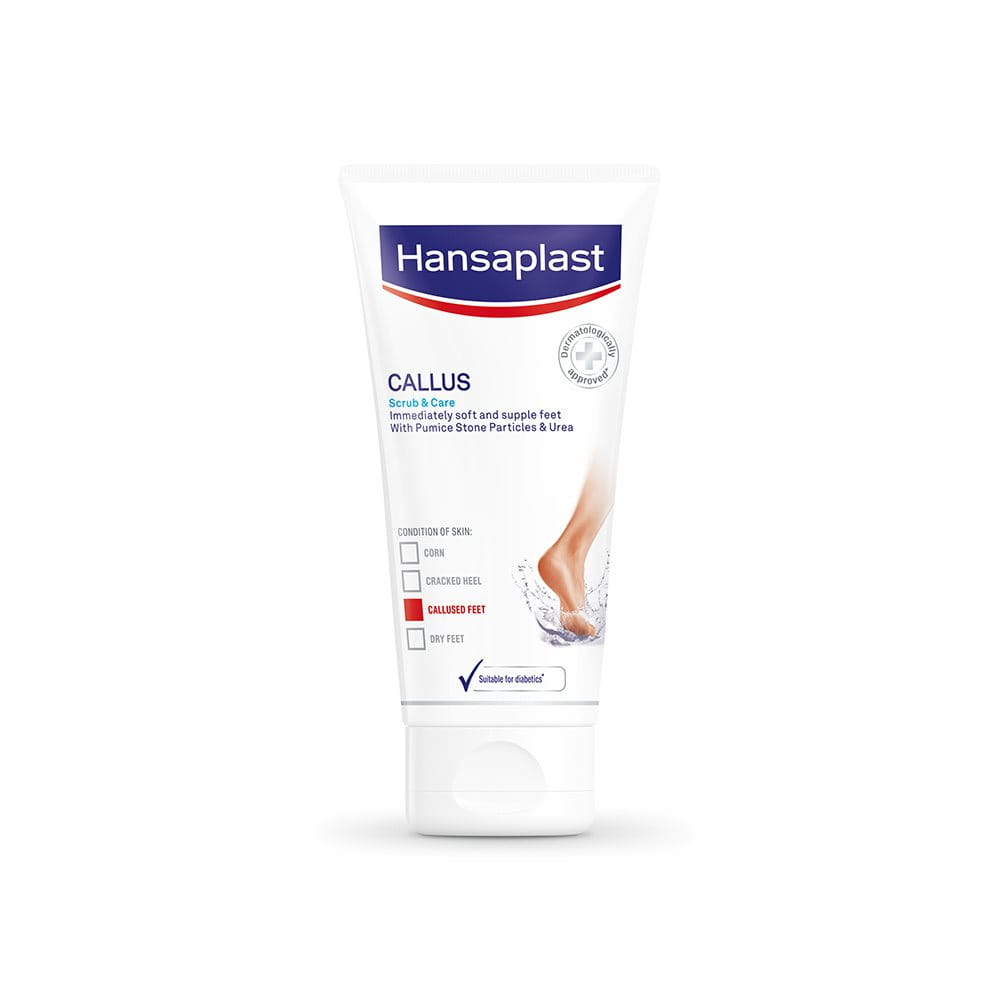About - All you need to know about dry skin and callous
... Dry skin
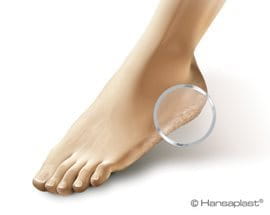
... Callous
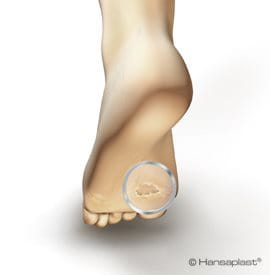
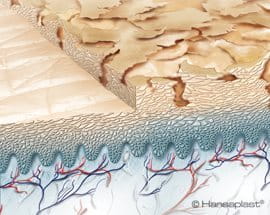
It is mainly seen on the sole of the foot (palms of the hand and fingers can also be affected) and appears as a yellowish thickening. In most cases, it is painless. Once exposed to excessive and constant pressure, it can also get worse and crack (see also: Instant help for cracked heels). Little to moderate callus formation is nothing but a cosmetic or aesthetic problem; especially when wearing open shoes. Yet thickening of the affected areas can lead to painful and incommoding callus formation.
„It‘s a thin line between an aesthetic issue and an incommodity“
Medical background: The stratum corneum (cornea = horny skin/Lat.) is the uppermost layer of the epidermis. Between the cornified cells (corneocytes) lie the epidermal lipids. The horny layer - especially the bottom third - forms the permeability barrier, which is the skin‘s true barrier against exogenous factors and endogenous water loss.